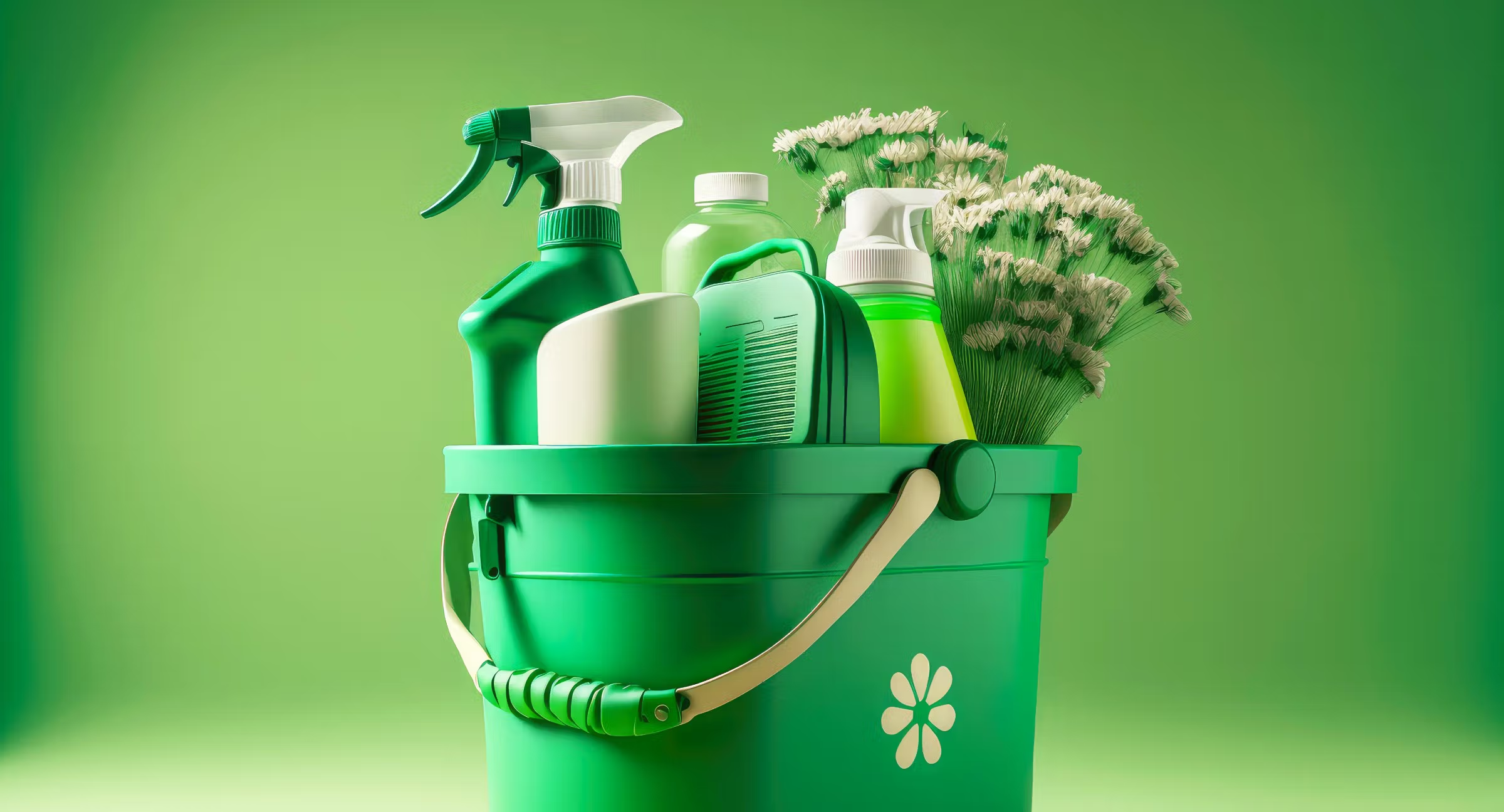The modern world is at a crossroads where every choice matters, especially when it comes to the products we use in our homes. From the cleaners in our cupboards to the dyes that enhance our furniture, conventional products often contain chemicals that harm our health and the planet. Transitioning to eco-friendly alternatives isn’t just a trendy decision—it’s an essential step toward sustainable living. By choosing natural eco friendly wood stain kits, non-toxic cleaners, and biodegradable solutions, we can create homes that are safer for our families and contribute to a healthier, greener future.
The Health Risks of Conventional Products
Many household products contain volatile organic compounds (VOCs), synthetic fragrances, and harsh chemicals that can negatively impact indoor air quality. Prolonged exposure to these substances has been linked to respiratory problems, skin irritation, and even chronic health conditions such as asthma and cancer. For example, traditional wood stains often emit high levels of VOCs, posing risks during and after application.
Children and pets, in particular, are more vulnerable to these hazards. Studies have shown that exposure to the chemicals in household cleaners can increase children’s risk of allergic reactions. Moreover, products like bleach and ammonia are not only harmful when inhaled but can also react to create dangerous compounds like chloramine gas. Eco-friendly alternatives, such as water-based wood dyes and natural oil finishes, are free from harmful emissions, making them safer for home use.
Environmental Impact of Chemical-Laden Products
Beyond health risks, conventional products significantly impact the environment. Many commercial cleaners and dyes contain ingredients that don’t break down easily, polluting waterways and harming aquatic ecosystems. For instance, phosphates in detergents can trigger algal blooms, which deplete oxygen levels in water bodies and threaten aquatic life.
The issue extends to packaging as well. Many conventional products come in single-use plastics, contributing to the 300 million tons of plastic waste generated annually. While recycling initiatives exist, only a small fraction of plastics are effectively recycled, with the rest ending up in landfills or the ocean.
In contrast, eco-friendly products are designed with sustainability in mind. They often use biodegradable ingredients and come in recyclable or minimal packaging, reducing their ecological footprint. Furthermore, by opting for concentrated formulas, eco-friendly brands allow consumers to use fewer products, which reduces waste and shipping emissions.
The Benefits of Eco-Friendly Products
Switching to eco-friendly products offers multiple benefits, starting with improved indoor air quality. Natural cleaners and wood dyes lack the harsh fumes of chemical-laden alternatives, creating a healthier environment for everyone, including children and pets. Additionally, many eco-friendly products are multifunctional, reducing the need for multiple items and promoting a minimalist lifestyle.
Eco-friendly wood stain kits, for example, provide vibrant, lasting finishes while preserving the natural beauty of wood. These dyes are often derived from renewable resources, such as plant extracts, making them effective and sustainable. Similarly, green cleaners use natural ingredients like vinegar, baking soda, and essential oils to tackle dirt and grime without harmful side effects.
Debunking the “Inconvenience” Myth
A frequent misconception about eco-friendly products is that they are less effective or harder to use than conventional ones. However, advancements in green technology have led to highly effective alternatives that perform on par with, if not better than, traditional products. Natural all-purpose cleaners can cut through grease and grime, while plant-based wood dyes offer excellent penetration and durability.
Eco-friendly products are also becoming increasingly accessible. Major retailers now stock various green cleaning products, and many specialty brands offer direct shipping options. Furthermore, DIY enthusiasts can create their own eco-friendly solutions using household staples like lemon juice, olive oil, and castile soap.
Adopting these products doesn’t mean compromising convenience or performance. It means rethinking how we approach cleanliness and home care in ways that align with sustainability and health priorities.
Cost Considerations and Long-Term Savings
A common misconception is that eco-friendly products are prohibitively expensive. While some may have a higher upfront cost, their long-term benefits often outweigh the initial investment. High-quality eco-friendly cleaners and wood finishes are typically more concentrated, requiring smaller amounts for effective use. Additionally, their natural ingredients are gentler on surfaces, prolonging the lifespan of furniture and flooring and reducing the need for replacements.
In the case of household cleaners, many green products are designed to serve multiple purposes, replacing the need for separate window, kitchen, and bathroom cleaners. Over time, this consolidation reduces the cost and clutter of buying and storing multiple products. Similarly, using natural wood dyes protects and enhances furniture without requiring frequent touch-ups or replacements, making them a wise investment for homeowners.
Making the Transition Seamless
Shifting to eco-friendly products doesn’t have to happen overnight. Start with one area of your home, such as replacing chemical cleaners with plant-based options in the kitchen or using a natural wood dye for your next DIY furniture project. Many brands now offer starter kits or samples, making it easy to test products before committing fully.
Education is also key—read labels carefully, research ingredients, and look for certifications like USDA Organic or EPA Safer Choice. Small steps, such as buying refillable bottles or making DIY cleaners, can make a big difference over time. Sharing your eco-friendly journey with family and friends can inspire others to make similar changes, amplifying the positive impact.
Conclusion
Transitioning to eco-friendly products is more than an ethical choice—it’s a practical necessity for a healthier home and planet. By making small, mindful changes in our products, we can protect our families from harmful chemicals, support sustainable industries, and reduce our environmental impact. Every green decision we make today brings us closer to a safer, cleaner future for future generations.
Keep an eye for more latest news & updates on Forbeszine!




